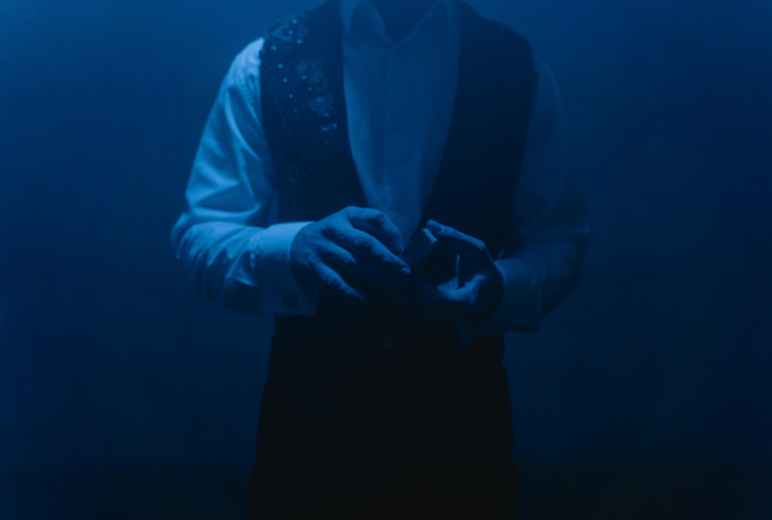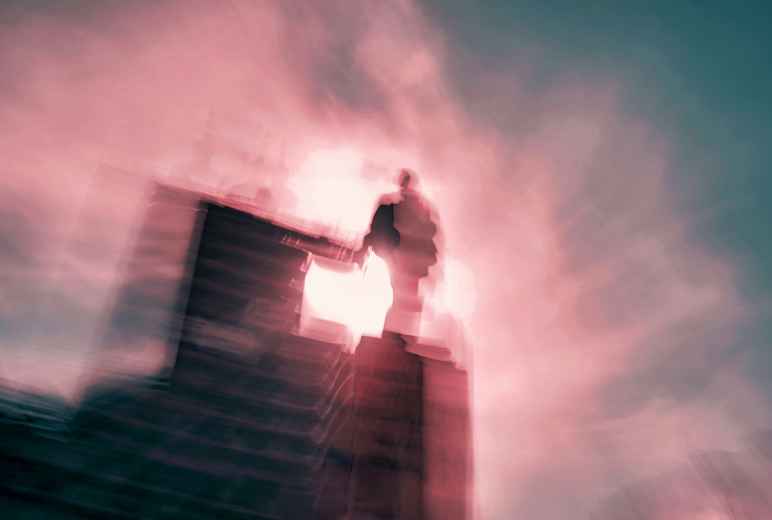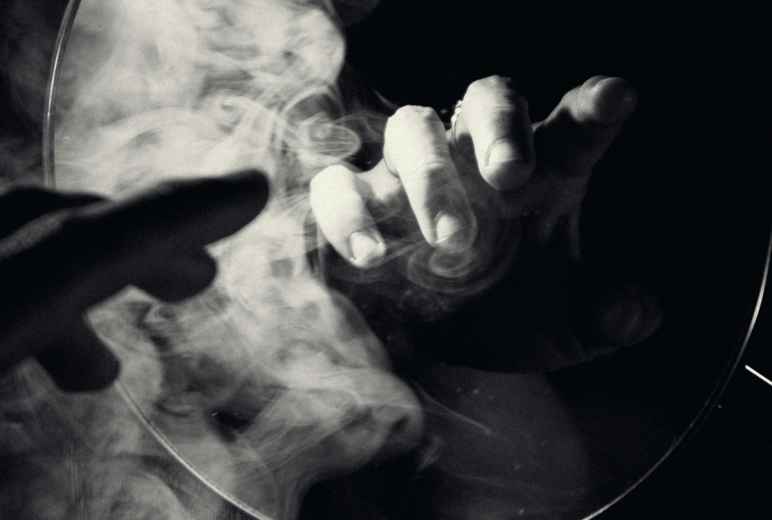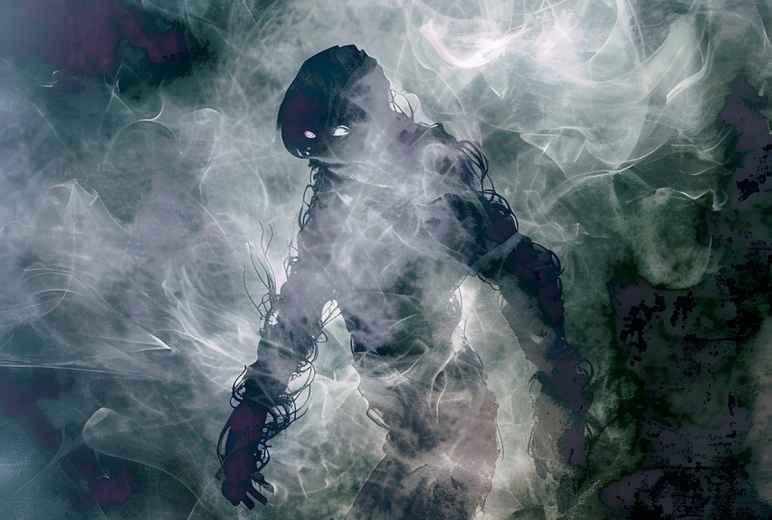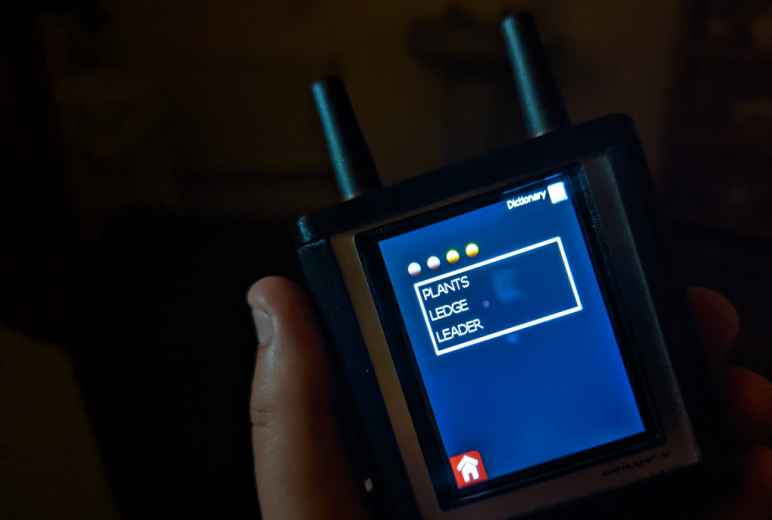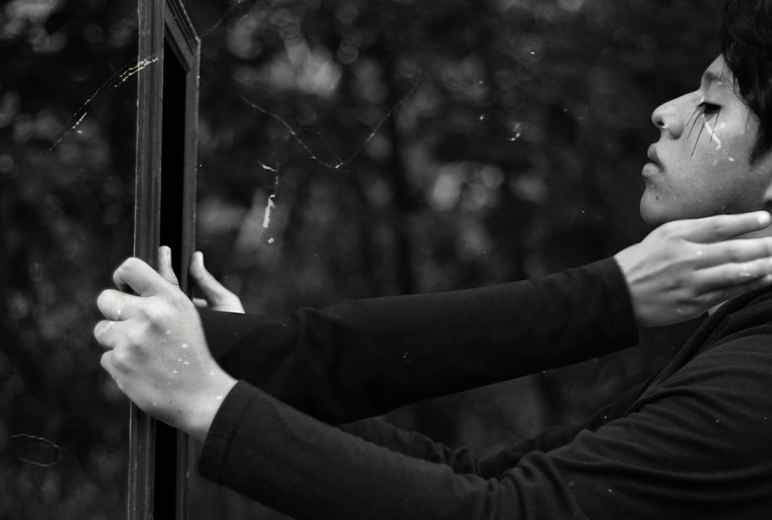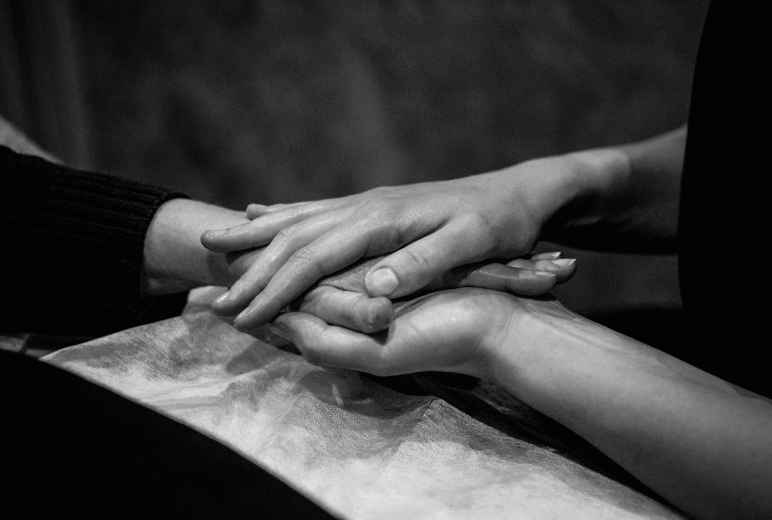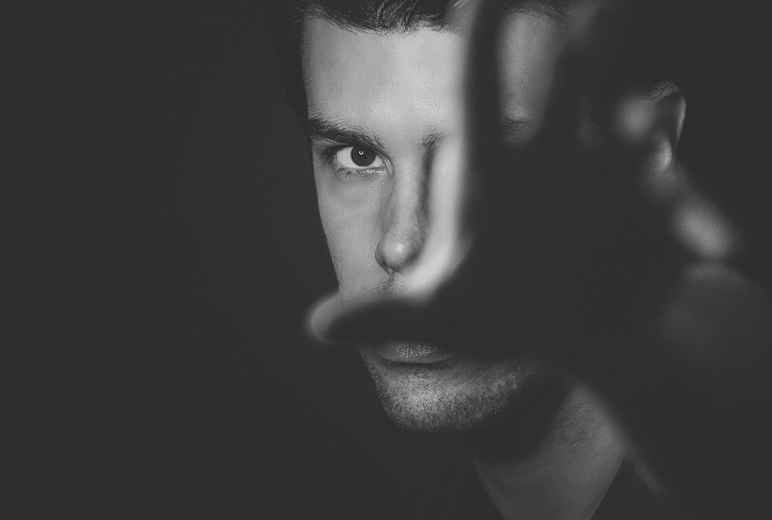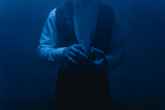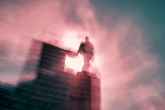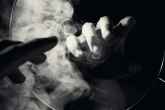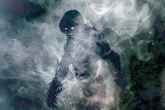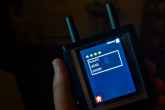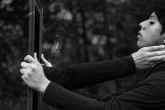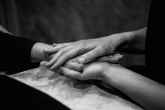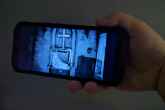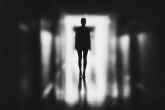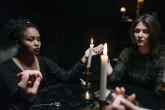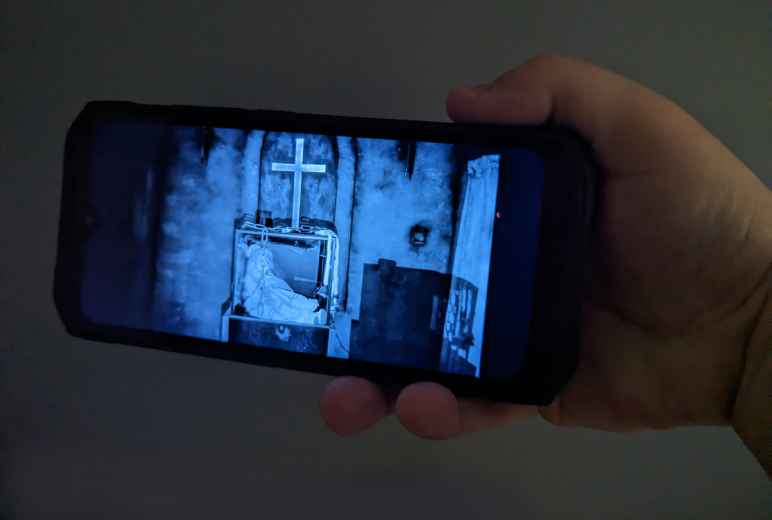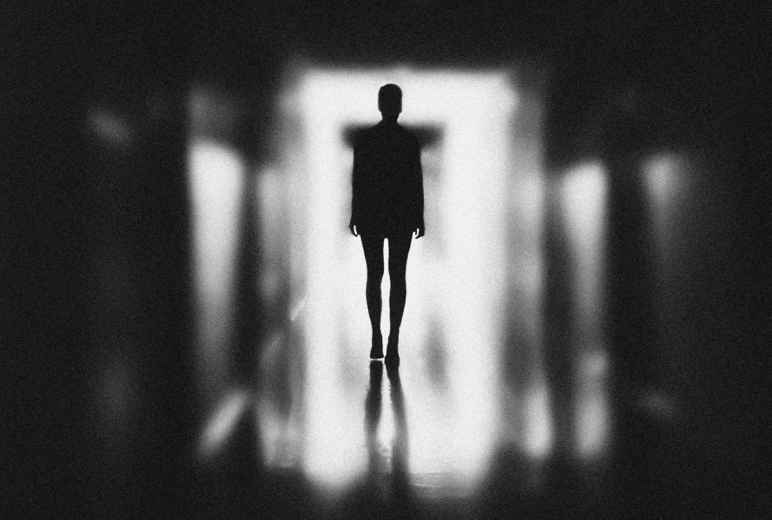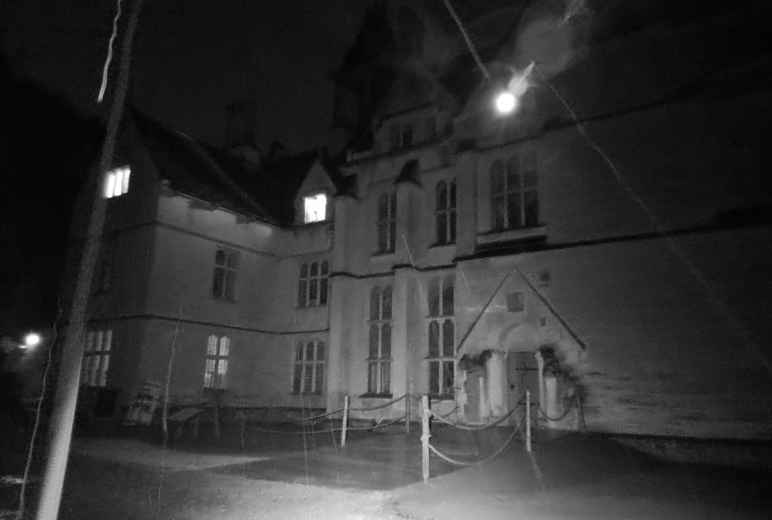How The Ganzfeld Experiment Tests Psychic Powers & Aids Ghost Hunters
March 07, 2024 1:00 AM ‐ Psychic Readings • Ghost Hunting
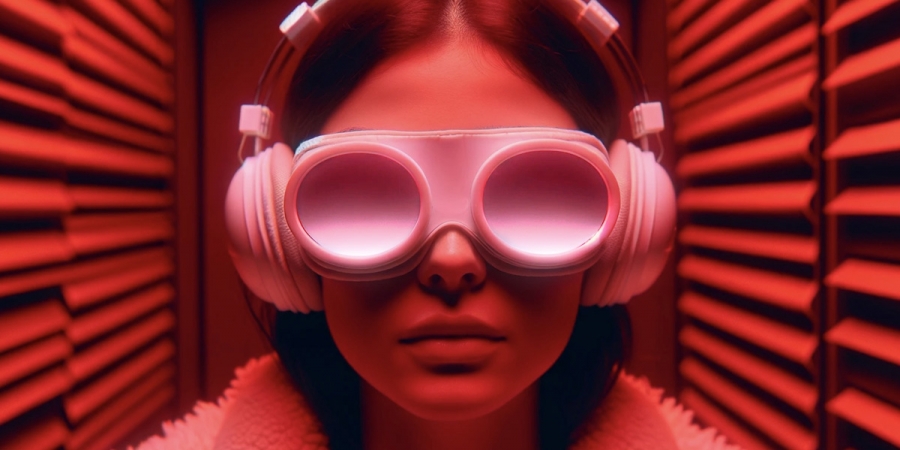
The Ganzfeld experiment is a well-known technique used in the field of parapsychology to test individuals for extrasensory perception (ESP) or psychic abilities. The name 'Ganzfeld' is a German word that translates to 'entire field' or 'whole field,' which describes a key aspect of the experiment that involves creating a field of uniform sensory input to enhance mental signals that might otherwise be drowned out in everyday noise.
In recent years, the Ganzfeld experiment has been adapted for use in paranormal investigations to strip away the distractions of the external environment and heighten the senses to potentially pick up on more subtle paranormal phenomena.
The basic premise behind the Ganzfeld method is to produce a uniform sensory field that can minimise distractions and normal sensory inputs. This is usually achieved by seating a test subject, known as the 'receiver,' in a comfortable chair and playing white or pink noise through headphones. The use of static noise or white noise through headphones masks out the whole auditory field, meaning any background noise from the environment, and prevents the brain from focusing on variable auditory stimuli.
The receiver's eyes are covered with halved ping pong balls, which are usually bathed in a soft, unchanging red light in order to obscure and normalise the whole field of vision. This visual uniformity reduces the normal activity of the brain related to processing visual information, as there are no changes or movements to interpret.
The combination of these visual and auditory conditions is meant to lead the brain into a more receptive state, a sort of sensory blank slate. In normal conditions, the brain is constantly filtering and interpreting a vast amount of sensory information.
There's no doubt that the Ganzfeld method does reduce external stimuli, but it's not as effective as other forms of sensory deprivation, such as floatation tanks, which provide a more extreme form of sensory isolation. However, the hope is that the Ganzfeld method reduces sensory inputs enough to allow the mind to become more receptive to subtle, unusual, or paranormal phenomena, such as ESP or psychic impressions.
In this uniform sensory state, the receiver might experience more vivid mental imagery, enter a dreamlike state, experience altered states of awareness, or even receive information that could be interpreted as telepathic. These experiences suggest that the Ganzfeld method can be effective in reducing normal sensory input and leading the individual into a different cognitive state, which is the primary goal of sensory deprivation.
This is useful for testing ESP abilities, as it is believed that psychic phenomena can be drowned out by everyday sensory distractions, so minimising these might help the receiver become more attuned to psychic signals.
When testing telepathic abilities, another participant known as the 'sender' is placed in a separate room. The sender is shown a random image or video clip and is asked to mentally send this information to the receiver. The receiver, in their state of sensory deprivation, speaks out loud about any images, thoughts, or feelings that come to mind during the session. These impressions are recorded and later compared with the actual images or videos viewed by the sender to see if there are any matches that could suggest telepathic communication.
It's important to try to reduce the possibility of sensory leakage as much as possible. This could result in the receiver picking up on sensory information about the target through conventional means, not telepathy. For example, if the sender and receiver are in rooms that aren't completely soundproof, the receiver might subconsciously pick up cues from the sender.
One problem with this method is that the state induced by the Ganzfeld experiment can lead to heightened suggestibility, imagination, and pattern recognition. Receivers may start seeing patterns or forming images that they believe are telepathic signals but are actually the result of their mind trying to make sense of the sensory deprivation. This can lead to false positives, where the receiver's descriptions match the target image or message by chance or through the power of suggestion.
Even when participants seem to receive information that matches the target, there are always alternative, non-psychic explanations to consider. These can include coincidence, logical inference, or shared knowledge between the sender and receiver. Without concrete evidence eliminating all possible conventional explanations, it's difficult to conclusively attribute any match to psychic phenomena.
During a ghost hunt, the Ganzfeld method involves a team member acting as a receiver, undergoing the sensory deprivation process to potentially pick up psychic impressions or communications from spirits in a haunted location. In this case, the sender is any spirit that might want to communicate.
Once again, the aim is for the receiver to report any experiences, feelings, or interactions they believe may be of a paranormal nature. By reducing the input from their main senses, the theory suggests that the individual might become more sensitive to paranormal activity. This could include visual images, unexplained noises, voices, or emotional sensations that the receiver believes are being transmitted by a ghost. These impressions can then be recorded and analysed by the rest of the team to see if they correlate with any known historical facts about the location.
In the original experiment setup aimed at testing ESP, white or pink noise through headphones is used to block out all external sound, focusing the participant's mind inwardly and potentially making them more receptive to telepathic signals. However, when adapting this method for ghost hunting, the use of white or pink noise might actually make it harder for the receiver to hear noises or voices of paranormal origin.
For this reason, the experiment may vary slightly in the context of a paranormal investigation. The experiment often leans more heavily on visual deprivation and internal focus, and instead of completely blocking out all external noise with loud white or pink noise, the headphones might be set to a lower volume, allowing for a mix of sensory deprivation and ambient sound. Researchers might also experiment with periods of silence interspersed with the noise, giving the receiver intervals during which they might pick up external sounds that are out of the ordinary.
Whether the Ganzfeld method enhances psychic abilities remains controversial and is yet to be conclusively proven. Skeptics argue that some of the positive results in Ganzfeld experiments could be due to flaws in statistical methods or analysis. This includes the file drawer effect, where only studies with positive results are published, while those with negative or inconclusive outcomes remain unpublished.
The Ganzfeld method is considered a valid technique for creating a state of partial sensory deprivation that is different from everyday experience. It is effective in altering the subject's sensory environment and can lead to unique psychological states. Whether these states can really help enhance psychic abilities or facilitate spirit communication is still up for debate.
Conducting The Ganzfeld Experiment On A Budget
You don't need a dedicated lab and expensive equipment to experiment with the Ganzfeld method, the experiment can be conducted on a budget with a reasonably high standard of sensory deprivation. This also means the experiment can be conducted anywhere, even during a ghost hunt. By following these steps, paranormal investigators can conduct their own Ganzfeld experiments at little cost.
1. Find a quiet, comfortable space where you won't be disturbed. This can be difficult at some of the locations where ghost hunts normally take place, so consider taking a comfortable camping chair with you for this purpose. You can use a relatively inexpensive flashlight that has a red light function to illuminate the room, but be sure to keep the light completely still throughout the experiment in order to maintain a uniform visual field.
2. Instead of special goggles, take a pair of ping pong balls and cut them in half. Use medical tape to securely fit these halves over the receiver's eyes. This will serve as a makeshift version of the Ganzfeld goggles. The white, curved surface of the ping pong balls helps to create a uniform, featureless visual field.
3. You need a set of headphones and a source of continuous, uniform sound. White or pink noise works best. You can find many free white noise tracks online or apps designed specifically for this purpose. Play the noise through the headphones at a comfortable volume level to mask external sounds effectively. You may consider using noise-cancelling headphones for maximum deprivation.
4. The receiver, once seated in the prepared room with the makeshift goggles and headphones, should try to relax and clear their mind. The rest of the team can then call out to any spirits that might be present and encourage them to communicate with the receiver. If the receiver does experience any images, sounds, or sensations, they should describe them to their fellow investigators as they occur.
5. Optionally, if you want to incorporate an element of attempting ESP or telepathy, have another person act as the sender. This person will be in a different room and will focus on a specific image, object, or idea, attempting to 'send' this to the receiver.
More Essential Parapsychology View All
Related Content
Daily Horoscopes
You May Also Like
